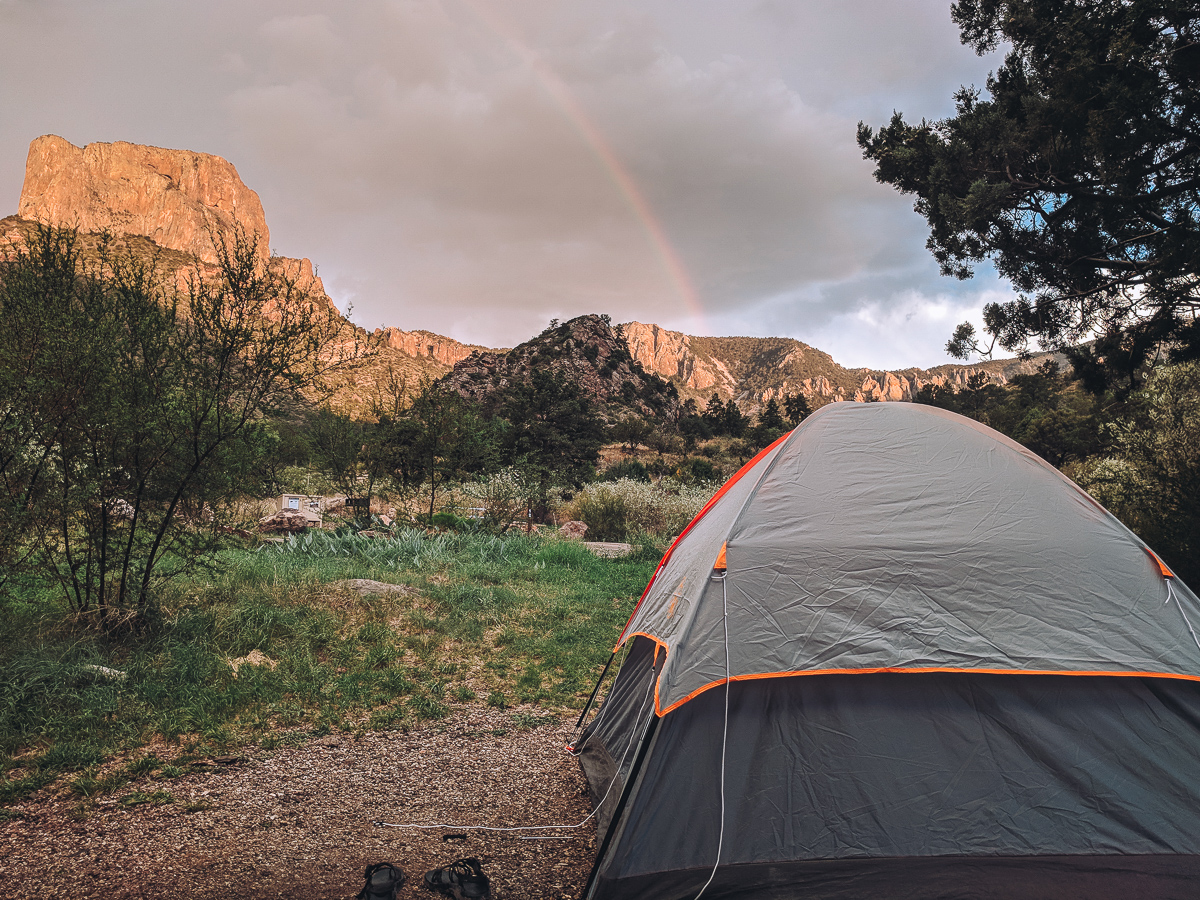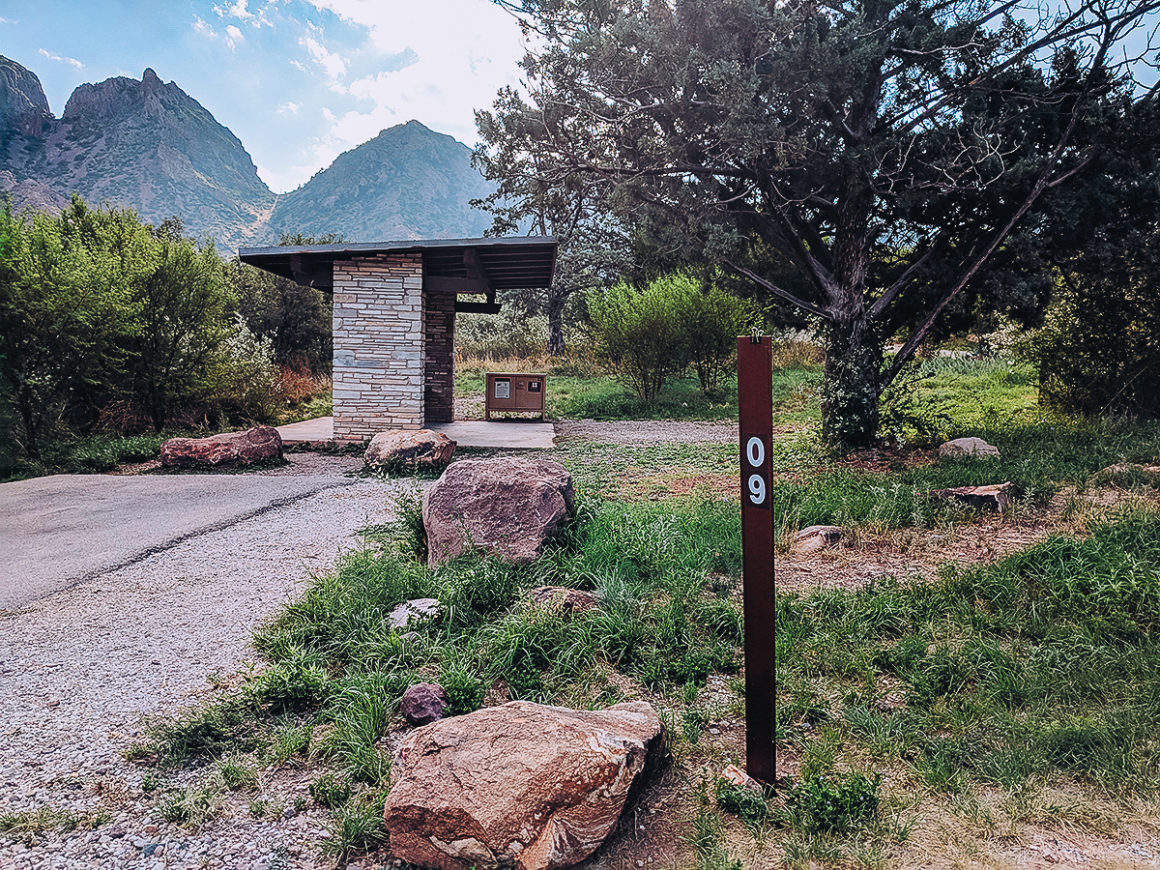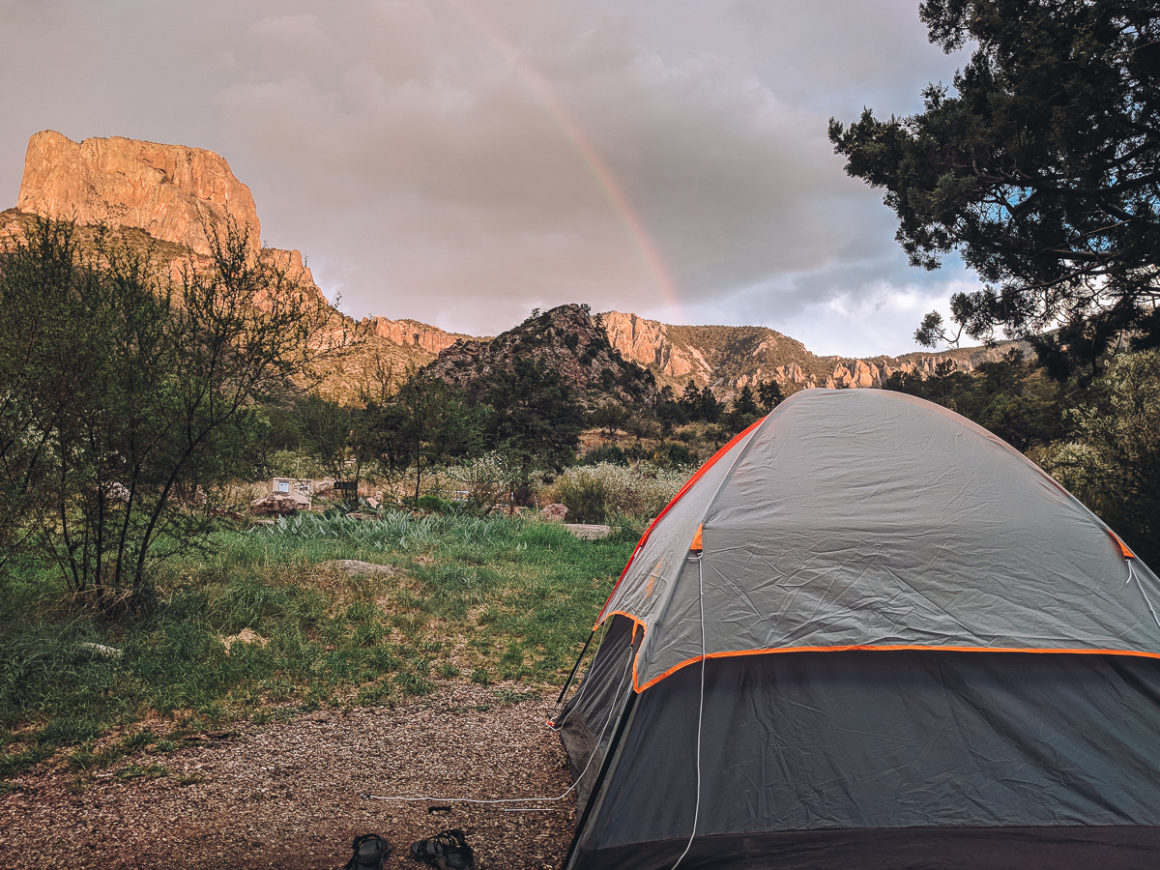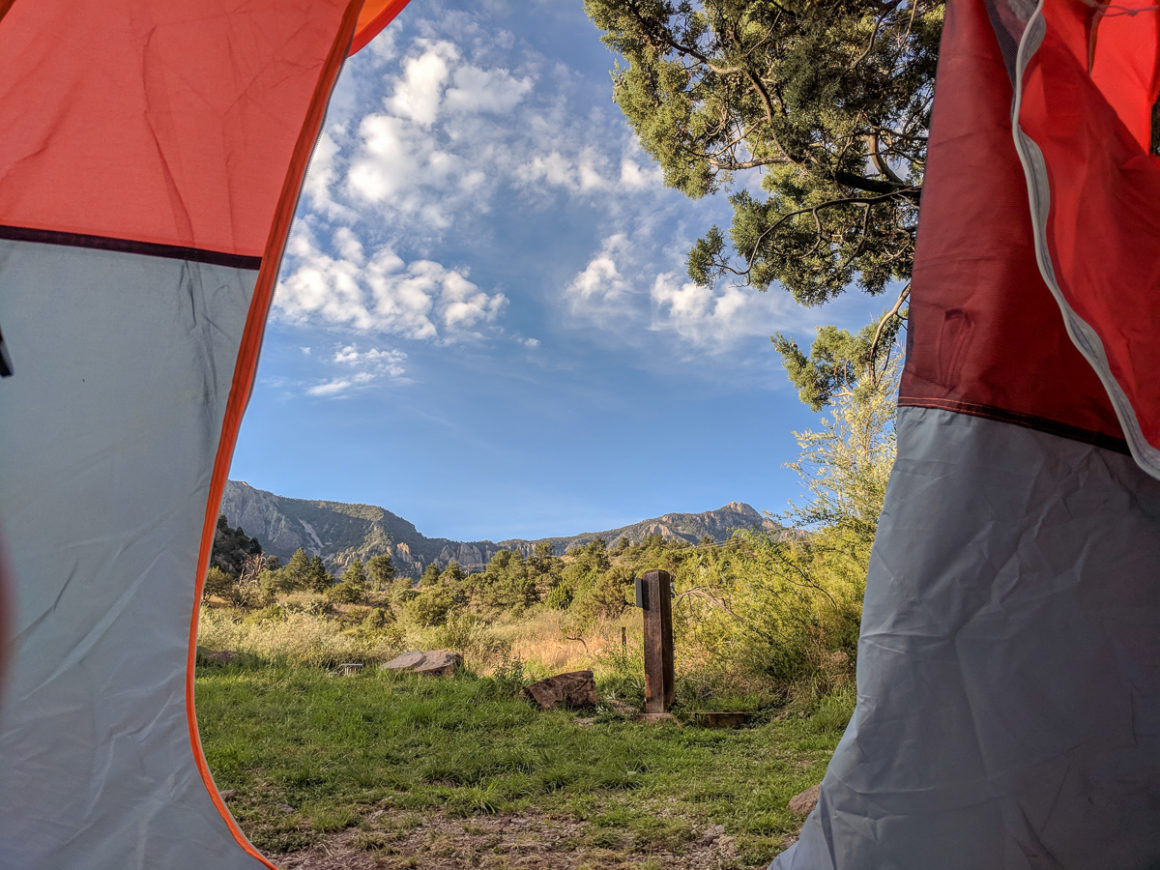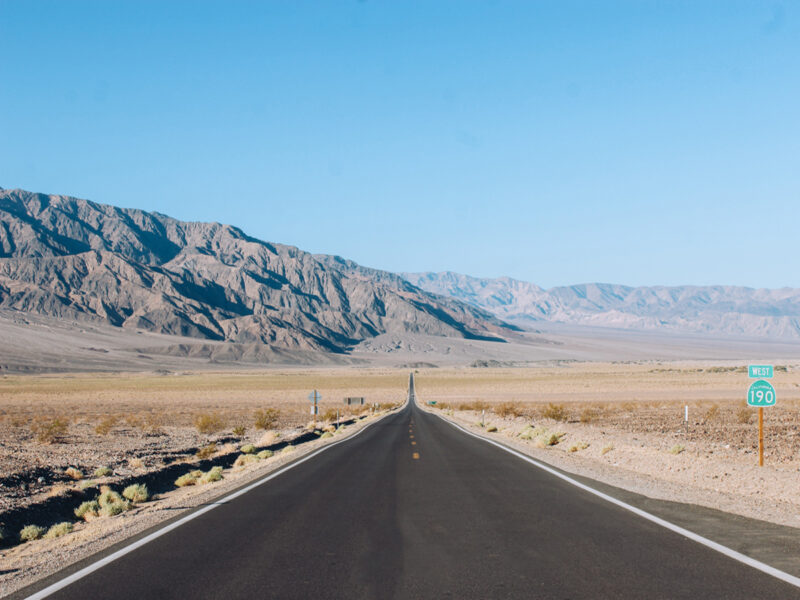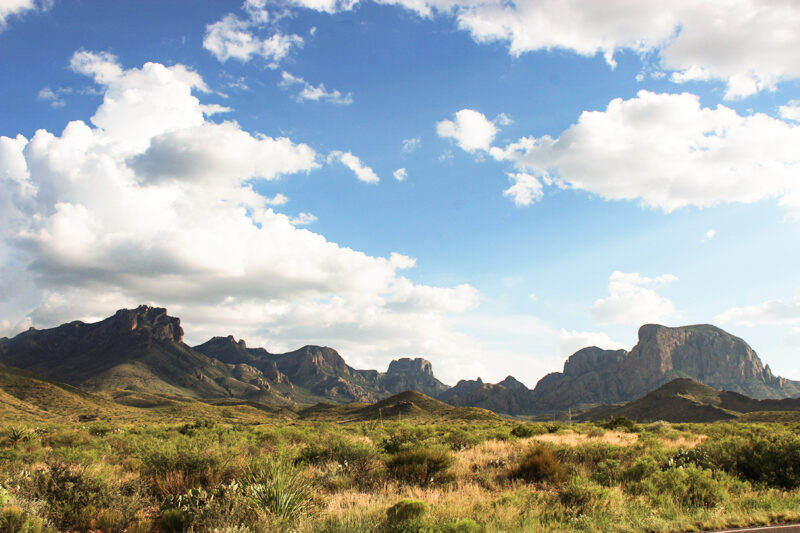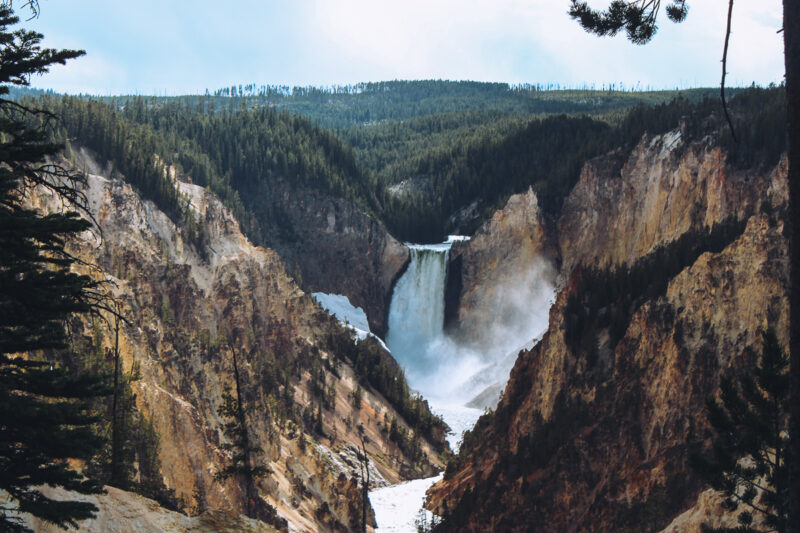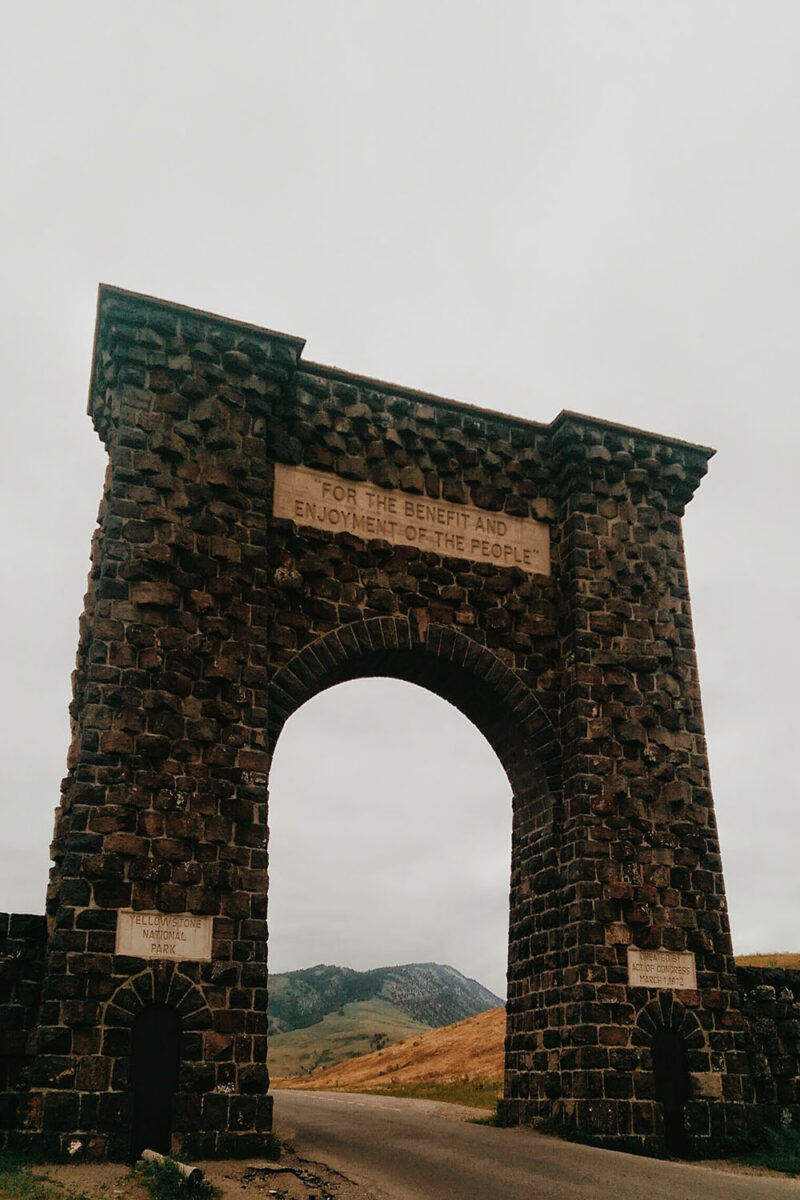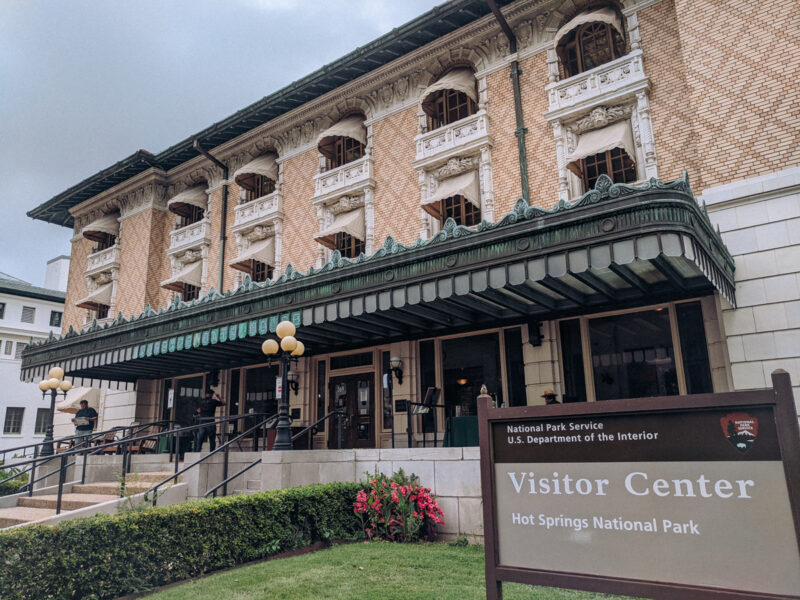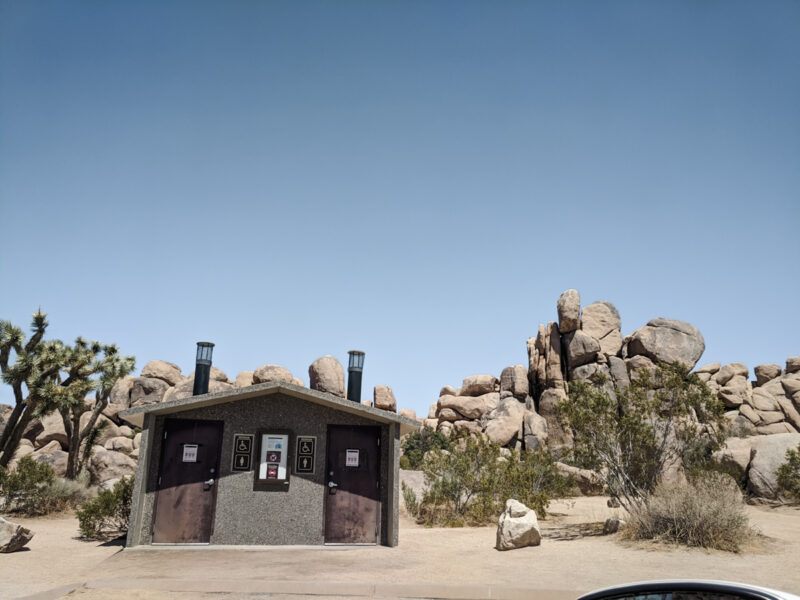Where to Camp in Big Bend National Park
Deep in the Chihuahua Desert, in southwest Texas, where the Rio Grande flows along the border with Mexico, Big Bend National Park is one of the lesser visited national parks. But lesser visited doesn’t mean less beautiful. In fact, seeing mountains in Texas will probably surprise you. They surprised me for sure!
Because of the park’s remoteness, knowing exactly where to camp in Big Bend National Park is a must since staying in the park, or at least as close by as possible, makes it much easier to explore without spending time driving around needlessly. Keep reading for Big Bend National Park camping inside the park and the surrounding areas.
This article contains affiliate links. That means I may earn a commission, at no extra cost to you, if you book or buy something through a link I provide. This keeps Southerner Says online and on the road. Thank you for your support.
Where to Camp in Big Bend National Park
It’s always a good idea to verify park information on nsp.gov for alerts and closures before you go. On the NPS homepage, clicking on Plan Your Visit and then Eating and Sleeping will get you to the official lodging and camping specifics. Additionally, you can look up camping info on recreation.gov. and make reservations there.
Big Bend National Park has four developed campgrounds inside the park. Three are National Park Service campgrounds and one is a RV only campground, managed by a park concessioner. Here’s a complete list.
Chisos Basin Campground
Because of it’s location and higher elevation, Chisos Basin Campground, in the middle of the park, is one of the best campgrounds in Big Bend National Park. It’s often ten degrees, or more, cooler than the lower elevation campgrounds.
The elevation also works to your advantage in winter. Sinking cold air and the way the mountains surround the campground makes it much warmer.
The campsites in Chisos Basin Campground have picnic tables, grills and bear proof food storage boxes. Some sites are nicely shaded and a few even have picnic tables on a covered concrete pad.
If you have a small tent, you could set it up on the concrete under the cover for extra protection from rain and pop-up thunderstorms. Even though this is the desert, weather can change quickly in the summer monsoon months.
Like most national park campgrounds, there aren’t any showers. However, water is readily available at pumps throughout the campground.
Southerner Says: RVs over 24 ft. aren’t recommended in Chisos Basin campground and there isn’t any RV parking. The NPS also recommends that tents should be smaller that 8 x 8 ft.
- Open year round
- Elevation 5400 ft.
- 60 sites
- Reservation only
- $16
- No hook- ups
- Flush toilets
- No wood fires or ground fires
Rio Grande Village Campground
Right next to the Rio Grande River, this area of the park is it’s own little village in the southeastern part of the park. The campground is a convenient place to stay in the fall, winter and spring. However, summer months are hot. It was 112F degrees when we were there in June. and our campground host said “ain’t nobody down there but the javelinas” 🙂
The campground has tent sites and RV sites with no hookups. All sites have picnic tables, grills, bear proof food storage and some overhead shelters. Water is available at filling stations throughout the campground. There are bathrooms with flush toilets and during high season the village has a camp store for supplies and food, laundry facilities and even showers.
- Open year round (some amenities are closed during low season)
- Elevation 1850 ft.
- 100 sites
- Reservation only
- $16
- No hook ups
- No wood fires or ground fires
Rio Grand Village RV Park
Adjacent to the Rio Grand tent campground is a 25 site RV only campground that’s managed by a park concessioner. This is the only camping area with full hookups and a dump station in the park. Visit the website for more info and pricing.
- Open year round
- Elevation 1800 ft.
- Reservation only
- Pet allowed on leashes
- No wood fires or ground fires
Cottonwood Campground
Located on the western side of Big Bend National Park, Cottonwood Campground maybe the smallest of the three developed campgrounds but it’s location makes it one of the best ones in the park.
This area is especially good for birders. There’s even a message board when you enter the campground with all the species that have been spotted recently. Shady and more private than the other campgrounds, this is great second choice to the Chisos Basin Campground. All sites have picnic tables and grills. Pit toilets and water are available.
- Open year round
- Elevation 2169 ft.
- 24 sites
- Reservation only
- $16 for tents
- No hook-ups
- No wood fires or ground fires
Backcountry Camping in Big Bend National Park
For those that want to get off the grid, Big Bend National Park also has two kinds of primitive back country camping sites. Note: all primitive sites require a permit.
Chisos walk-in, backpacking only sites have no vehicle access. These sites are located anywhere from 1-6 miles from the trailhead with parking at the large amphitheater lot adjacent to the Chisos Basin Campground.
Big Bend National Park also has 64 primitive roadside camping sites. Located in the more remote areas of the park, these sites require a high clearance – and usually a 4×4 vehicle. Permits for the 34 most popular sites can be obtained at recreation.gov up to 6 months in advance.
Permits for the remaining 30 sites are available at the Panther Junction Visitor Center or the Chisos Basin Visitor Center, 24 hours in advance of your stay.
These sites are not suitable for large RVs and motor homes and rangers will not issue a permit if you don’t have the correct vehicle to reach the site. Visit nps.gov for more details. Sites are $10 nightly.
Big Bend National Park has group camping available at Chisos Basin and Rio Grande Village. Campsites are tent only. Visit nps.gov for more info.
Where to Camp in Big Bend National Park Outside the Park
Many national parks in the U.S. are surrounded by National Forests or Bureau of Land Management land. At Big Bend National Park, that’s just not the case.
The National Park Website says: “Please be aware that there are NO overflow campsites in Big Bend National Park, and NO nearby public lands outside the park. If you plan on visiting Big Bend during the busiest times of the year and do not have reservations, it is best to come prepared with alternative plans for lodging or camping outside of the park. If you camp in parking lots or along park roadsides you will be cited.”
For camping in areas close to the park, there are some camping options in Terlingua – the closest town, approximately 8 miles from the entrance. Seeing the need for more camping in the area, private landowners are beginning to utilize property close to the park for camping. Here’s a few suggestions of where to camp in Big Bend National Park outside the park.
Big Bend Resort
Since the bathhouses were closed when we visited Big Bend National Park in summer – which is off season – we decided to see if we could find showers in Terlingua. We ended up stopping at Big Bend Resort.
We didn’t stay overnight since we were camping inside the park but they allow non-guests to use their showers. The six minute shower was perfect and it was only $2. The bathhouse was clean and the water pressure was good. As far as accommodations go – they have a lodge, RV and tent sties. They also offer tours of the area.
Big Bend Ranch State Park
To camp on the next closest public lands to Big Bend, 80 miles west of the national park is Big Bend Ranch State Park. Personally for me, 80 miles is too much driving when you are going to be driving around in the park as well but this is an excellent option if you are only passing through and want to spend a short amount of time in the park.
If you are coming from the west, you could camp overnight in the state park, visit Big Bend the next day and then move on another area. Check out their website for all the campground info.
Lodging in Big Bend National Park or Nearby
What if you are someone that doesn’t like to camp? The good news is the area around Big Bend National Park also has some good options for people who don’t like to camp. The park even has a lodge in the park.
Chisos Mountain Lodge
The Chisos Mountain Lodge located near the Chisos Mountain Campground has both rooms and cottages available. There’s a restaurant – with WiFi – a bar and a gift shop. It’s also one of the only places in the park where we had cell decent phone reception.
The restaurant menu includes things like nachos, burgers, salads and meat and vegetable options. We had dinner at the Mountain View Restaurant in the lodge a couple of times. The food was surprisingly good and affordable for a park.
One of the best features at the restaurant is the huge windows and deck that has the perfect view of the park. Even if you don’t have a meal, it’s a great place to sip wine and watch the sunset. The restaurant is open for breakfast, lunch and dinner.
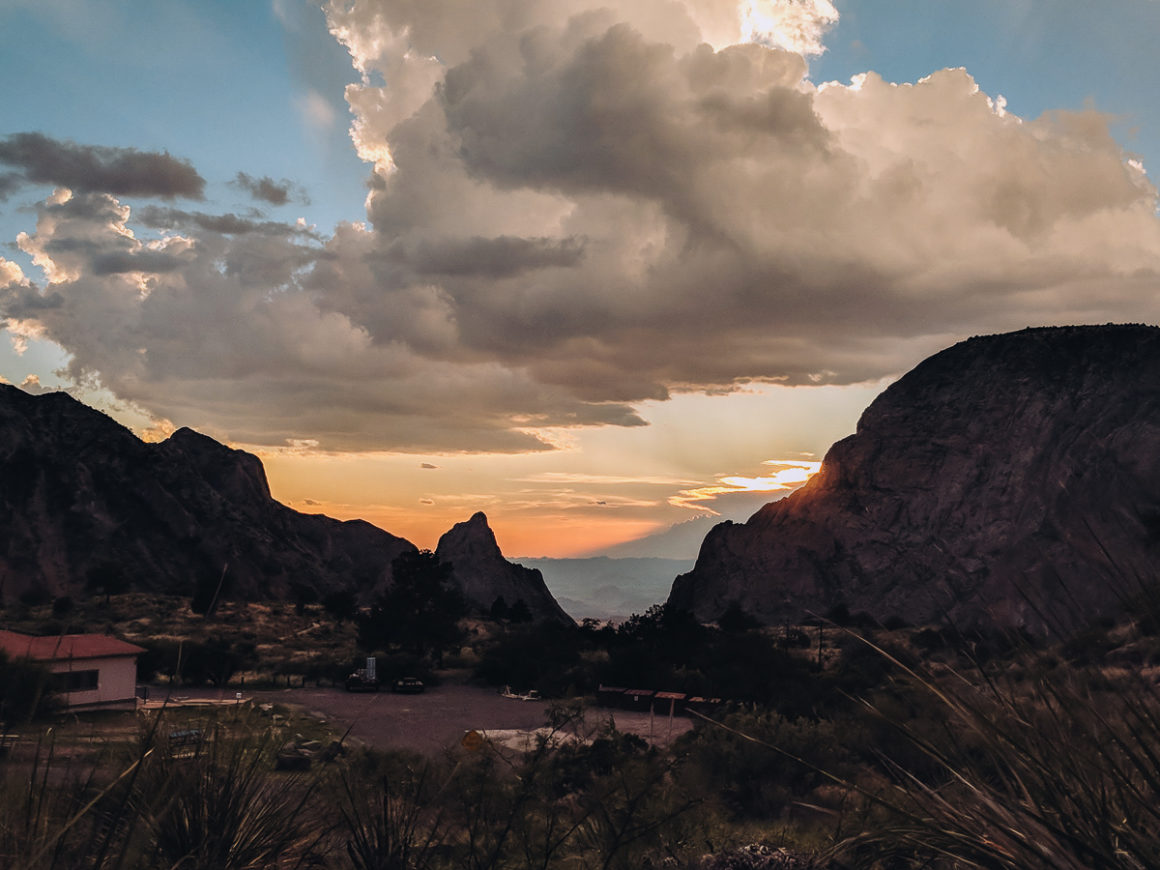
Lajitas Golf Resort
If you are looking for a full on resort experience outside Big Bend National Park, then the Lajitas Golf Resort is a 4-star property in Lajitas that fits the bill. The resort is approximately 20 miles from the west entrance. Amenities include a golf course, three swimming pools, a spa, zip-lining, equestrian activities and Jeep rentals. There’s also a restaurant and saloon on site.
When’s the Best Time to Visit Big Bend National Park?
Knowing where to camp in Big Bend National Park is important but also when to camp is useful as well. High season – and the busiest time to visit – in Big Bend National Park is November through mid April. In the spring, March and April are especially busy because of school spring break.
If you high temperatures don’t bother you, then visiting in the summer months is a good option. Since it’s hotter – hiking and other activities should limited to early morning or late evening. The plus side of visiting in the summer is way less people. In fact, in late June, we felt like we were the only ones in the park at times.
Big Bend National Park Camping Tips
- Purchase an America the Beautiful Park Pass that saves you money at over 2k interagency park units. The pass is $80 and is good for a year. You can purchase a pass at the park or ahead of time at REI.com or LL Bean.
- Verify the campground rules when you enter your campground. Things like generator regulations and quiet hours may differ at each campground.
- When you get to your campground, check in with the campground host. The host does more than just take care of the campground. Most of the time, he or she has been in the area for awhile and can offer advice on things like the best hikes and other things to see and do.
- Always verify that fires are allowed before you build one. At times, lack of rain prohibits even charcoal fires. If fires are allowed, only use the fire ring or the barbeque grill provided and don’t gather firewood.
- Don’t leave food out unattended. The campsites in Chisos Basin have bear boxes. Use them! After many years, the black bear has been reintroduced the area and it would be a shame if those bears became accustomed to humans and their food.
- Don’t feed any other wildlife either. That includes even squirrels and chipmunks.
- Pay close attention to the weather. Even though Big Bend doesn’t get much precipitation, thunderstorms can pop up quickly. We experienced one that came out of nowhere and we actually had to leave our campsite because of the intense lightening. Have a backup plan just in case.
- There are three camp stores, two gas stations, and a post office located in Big Bend National Park but it’s best to bring what you need. We stopped in Marfa for supplies but there is a small grocery store in Terlingua.
- Always remember to follow Leave No Trace principles when visiting public lands. Leave your campsite and the park, better and cleaner than when you got there.
- Download the NPS mobile app with tools to explore more than 400 national parks nationwide.


